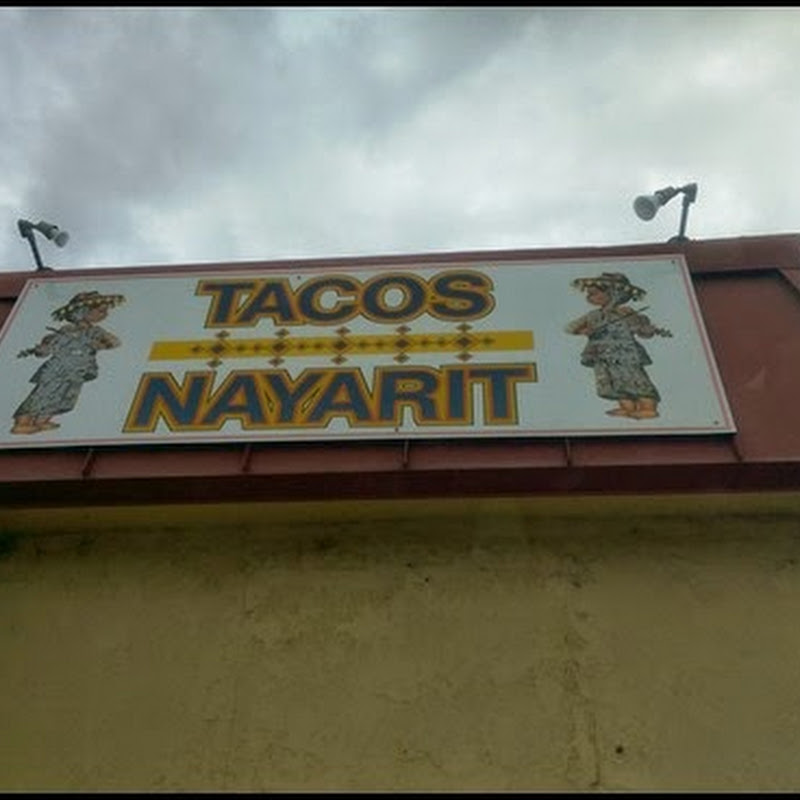The current CHP fixed wing aircraft is a Cessna 206, Turbo Stationair.
I'm not sure of the exact year, but somewhere in the late 1970's, the CHP made the decision to purchase several fixed wing aircraft. Those first airplanes were Maule M4 tail draggers, equipped with short takeoff & landing kits (STOL), and they could almost land on a dime. They were later replaced with Cessna 185's, and the current plane in service, is pictured above. One of those first Maule's was stationed in Coalinga, a little less than 100 miles south of Los Banos, and it often patrolled I5, where I spent many days on patrol.
Each mile on I5 had a large, painted hashmark, so that the pilots would have a way to calculate ground speed. Simply clicking cars through a measured mile, and determining speed based on time/distance, was defined by the courts as a speed trap. So, what the pilots were supposed to do, was to slow the aircraft down, match their speed with the vehicle they were watching, then calculate the aircraft's ground speed by way of the painted hash marks. In reality, their method of operation was the more simple way, and that was to time the vehicle through a measured mile, and with a known time, it was simple to calculate a cars exact speed.
There were many days when the aircraft was scheduled to be in our area for a specific time period, and we often had several patrol cars assigned to work speed enforcement with the airplane. One pilot in particular, was so adept at spotting speeders, that we would be writing the tickets, one right after the other. On many occasions, while stopped behind one vehicle, the pilot would be bringing another speeder to us, and I would step out into the road, and flag that driver to stop behind the patrol car. Often, the pilot would pick up 2 or more vehicles traveling well above the posted speed limit, and we developed a technique, utilizing the P.A. system, to pull over 2 or 3 cars at once. That type of enforcement stop, with multiple vehicles, was not one of my favorite things to do, but it often happened.
One of my co-workers in Los Banos was Lonnie Smith, and his goal was to be a fixed wing pilot, flying one of the CHP aircraft. He had a Cessna 140 taildragger, that he flew almost every day, building up his flying time hours. I often flew with him, usually, for an hour or two, where we would go somewhere not too far away, have lunch or coffee, then return to Los Banos. When he had built enough hours (300 minimum), and obtained his instrument rating, it wasn't much later that he was accepted into the CHP air wing. His first assignment was in Coalinga, and when Lonnie would patrol I5 in the Los Banos area, he would sometimes land at Santa Nella, where I would pick him up, and we would have lunch.
Working with the CHP airplane was something a little out of the ordinary, and there was one instance where a northbound failure to yield (high speed pursuit) came into our area. The car being pursued was a Porsche, probably capable of speeds over 150 mph, and none of our mustangs could keep up. However, the aircraft happened to be in the area where the pursuit started, and it became the primary pursuer. I got involved briefly, as the Porsche went by me like I was standing still, and I was traveling at about 120 mph! I followed for 15 or so miles, then turned it over to the next Officer, with the aircraft following from above. Eventually, the car ran out of gas, and the driver was apprehended in the Tracy CHP Area.
I could continue with several other stories about my involvement with the CHP aircraft, but that's probably enough for this post. Working with the pilots, and the aircraft was one of the highlights of my CHP career.





No comments:
Post a Comment